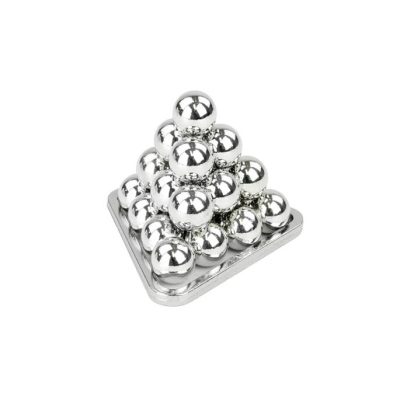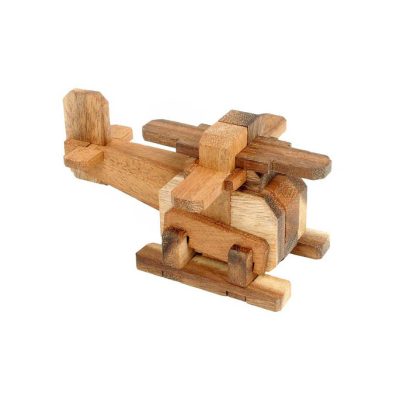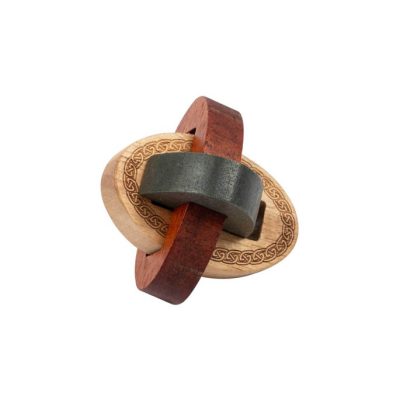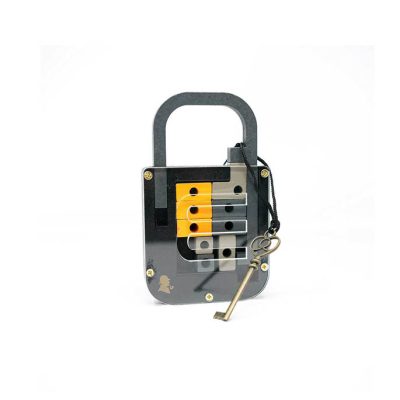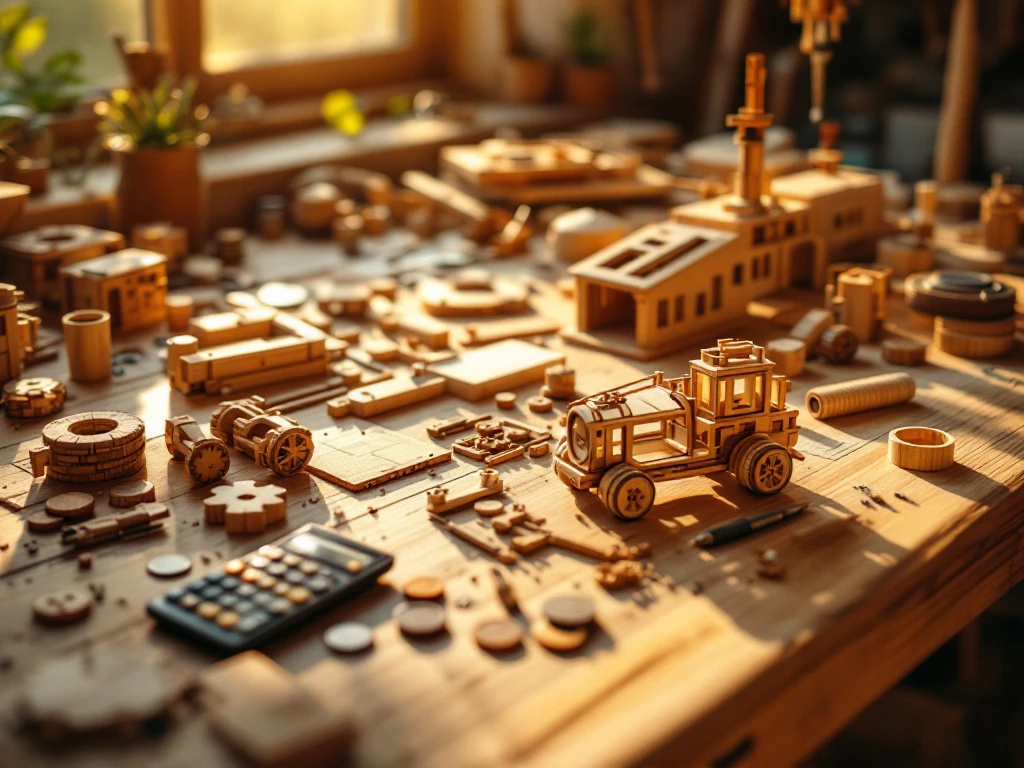-
 Dave Vinke
Dave Vinke
- Leestijd: 5 min
- Laatst geüpdatet: 13/10/2025
At model building competitions, judges evaluate your model on five main criteria: technical execution, detailing, paintwork, originality, and presentation. Technical execution and paintwork usually carry the most weight in the evaluation. Most competitions use a scoring system of 1-10 per category, where judges specifically look at seam quality, color accuracy, and realism.
Which aspects do judges weigh most heavily in model building competitions?
Technical execution and paintwork form the backbone of every model building evaluation. These two aspects often determine 60-70% of your total score. For technical execution, judges look at the quality of glue work, seam finishing, and how neatly parts are positioned.
The paintwork receives extra attention because it’s immediately noticeable. Judges check for brush strokes, color transitions, and whether the colors are historically accurate. A perfectly built model can lose points due to poor paintwork.
Detailing ranks third in importance. This involves small additions like cables, hoses, or weathering effects that make your model more realistic. Originality carries less weight but can make the difference in a tie.
Presentation, including your workspace and documentation, typically accounts for 10-15% of the score. A neat presentation with historical information shows professionalism and can earn extra points.
How does the scoring system work in model building competitions?
Most model building competitions use a 10-point scale per judging category. Each judge awards points from 1-10 for technical execution, paintwork, detailing, originality, and presentation. The average of all judges determines your final score.
Some competitions work with weighted scores. Technical execution and paintwork might receive a factor of 2, while originality gets factor 1. This means an 8 for paintwork counts as 16 points instead of 8.
For technical execution, judges look at seam quality, part fit, and overall build quality. For paintwork, they evaluate color choice, finish, and realism. Detailing covers added elements that aren’t standard in the kit.
For originality, they look for creative interpretations or unique additions. Presentation includes your workspace, documentation, and how you tell the story behind your model.
What are the most common mistakes that cost points?
Visible glue residue and poor seam finishing cost beginners the most points. Plastic cement leaves white spots on dark parts, and excess glue creates unrealistic protrusions. Always sand seams smooth before painting.
Thick paint layers hide details and look unprofessional. Multiple thin coats give much better results than one thick layer. Let each coat dry completely before applying the next.
Color errors are immediately obvious on historical models. Always check color schemes before starting. A German tank in American colors automatically loses points for historical accuracy.
Dust or fingerprints on the final result show lack of care. Wear gloves during final finishing and use a soft brush to remove dust.
Carelessly placed decals with air bubbles or tears also cost points. Use decal softener and gently roll out air bubbles with a damp cotton swab.
How do you optimally prepare your model for a competition?
Start your preparation two weeks before the competition. Check your model under different lighting conditions to spot flaws you can still repair. Daylight reveals different details than artificial light.
Create a documentation folder with reference photos, color schemes, and historical information about your subject. Judges appreciate when you can explain why you made certain choices.
Clean your model thoroughly with a soft brush and dust it. Check that all parts are still securely attached. Loose parts during judging make a poor impression.
Test your presentation setup at home. Ensure good lighting and a neutral background that makes your model stand out. Dark models show better against a light background.
Prepare answers for questions judges often ask: which techniques you used, why you chose certain colors, and what the biggest challenge was during building.
Where can you find quality model building materials for competition projects?
For successful competition models, you need high-quality materials that make the difference in detailing and finishing. Quality paint, fine brushes, and good adhesive form the foundation of every winning project.
We offer everything you need for competition projects in our model building range. From basic kits to specialized detailing sets and professional paint products.
The advantage of ordering from us is that you automatically get discounts on multiple items. This is perfect when you need different materials for one project. You can view all discount rules on our terms and conditions page.
We ship until 11:30 PM for next-day delivery, convenient when you need last-minute materials for a competition. Our Thuiswinkel Waarborg certification guarantees safe purchases and reliable service.
By investing in quality materials, you give yourself the best chance of success in model building competitions. Good tools and materials make the difference between an average and a prize-winning model.
Frequently Asked Questions
How long does it take on average to build a competition model?
An average competition model requires 40-80 hours of work, depending on complexity and level of detail. Plan at least 2-3 months for a serious competition project, so you have time for multiple paint coats, detailing, and any repairs. Rushing often leads to mistakes that cost points.
Can I participate in model building competitions as a beginner?
Absolutely! Many competitions have beginner categories where you're judged against other newcomers. Start with a simple model and focus on good basic skills like seam finishing and paintwork. The experience you gain is more valuable than winning.
What should I do if my model gets damaged during transport to the competition?
Always bring a repair kit with glue, paint, and small brushes. You can often repair minor damage on the spot. For major damage: report it to the organization - some competitions have a 'repair time' before judging begins.
How important are aftermarket parts for competition success?
Aftermarket parts can increase your score, but they're not essential. A perfectly executed standard model scores higher than a poorly built model full of expensive additions. Focus first on perfect basic skills before investing in photoetch or resin upgrades.
What common weathering mistake costs the most points?
Excessive weathering is the biggest pitfall. Many beginners think more is always better, but subtle weathering scores higher than dramatic effects. Study reference photos and build up weathering gradually - you can always add more, but removing it is difficult.
How do I deal with nerves during judge evaluation?
Prepare by practicing your story at home. Judges usually just want to know what techniques you used and why you made certain choices. See it as a conversation between hobbyists, not an exam. Most judges also give constructive tips for improvement.
Is it possible to resubmit a model after losing?
This depends on the competition rules, but usually you can't resubmit the same model to the same competition. You can improve the model and submit it to other competitions. Use judge feedback to address specific improvement points for your next project.
Table of contents
Much viewed
More blogs
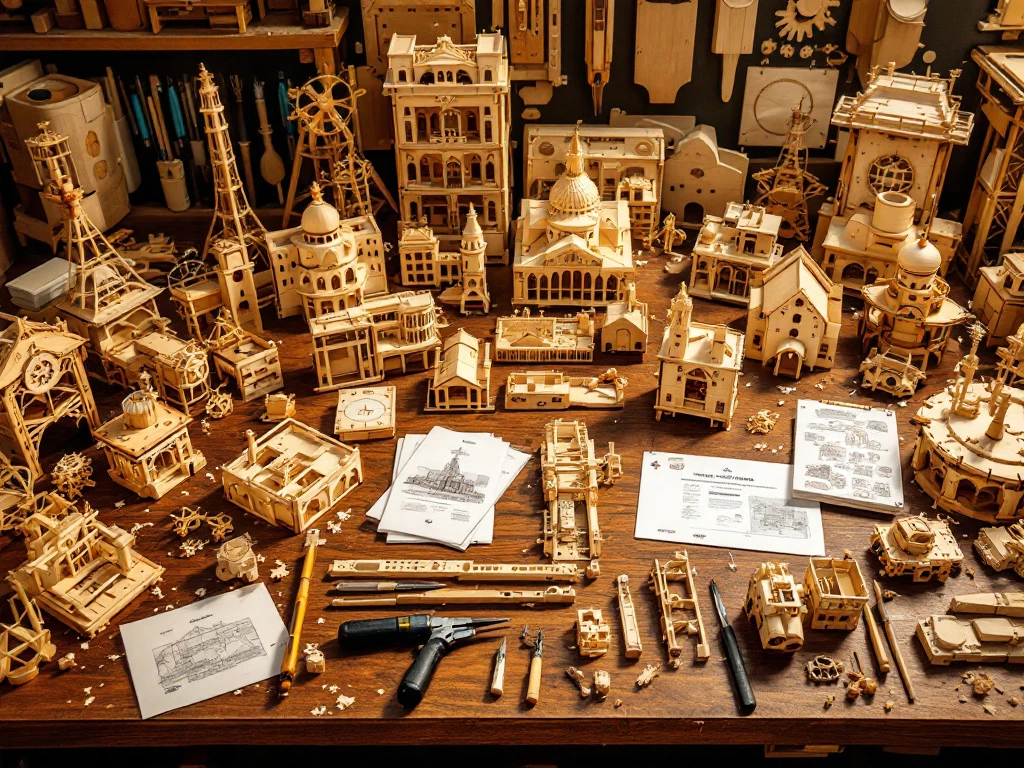
What are the trending wooden building kits of 2025?
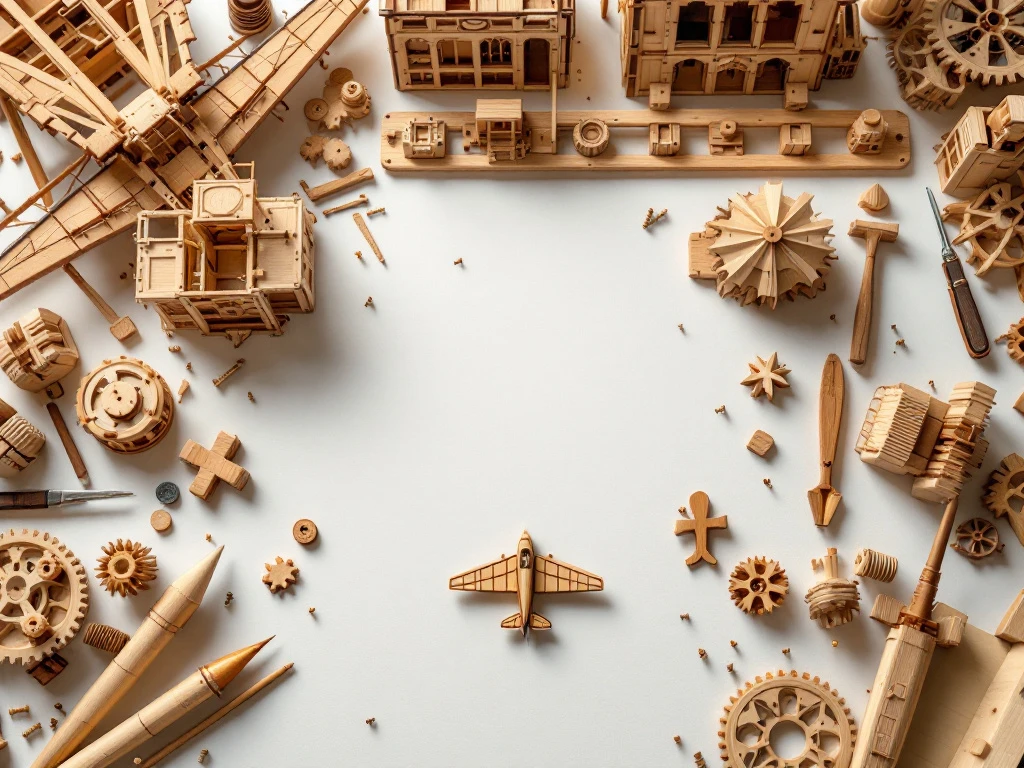
Which wooden building kits are most popular in 2025?

